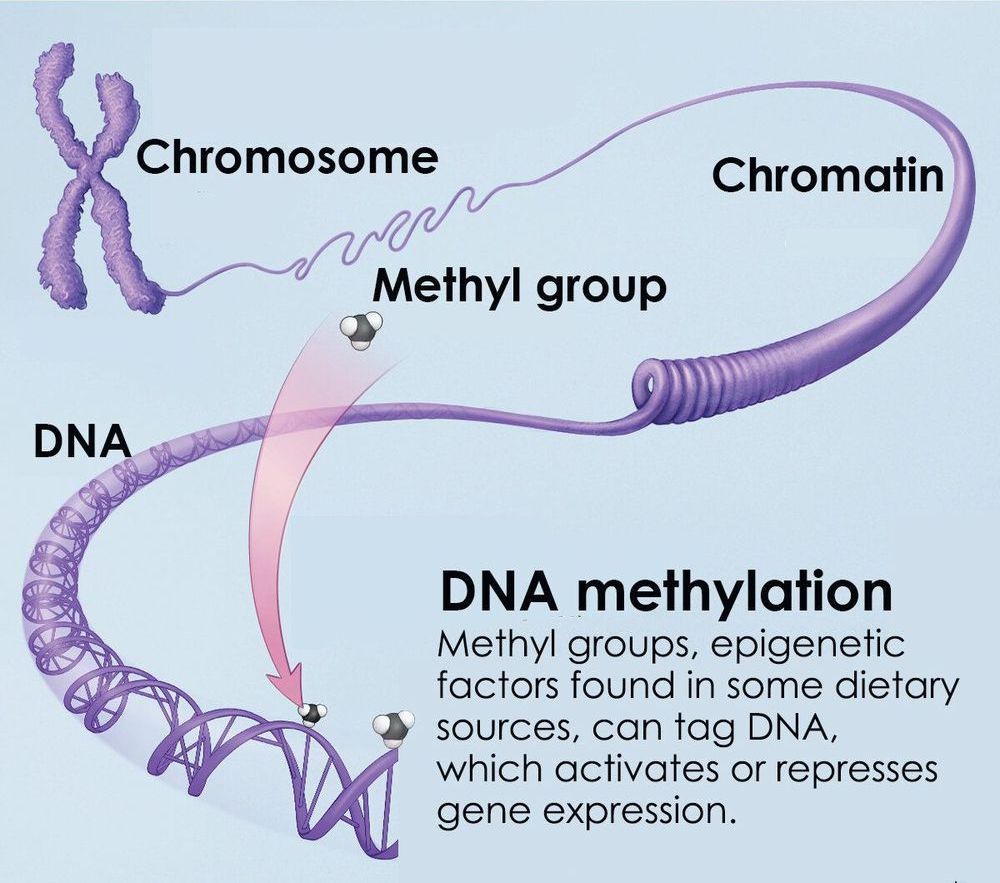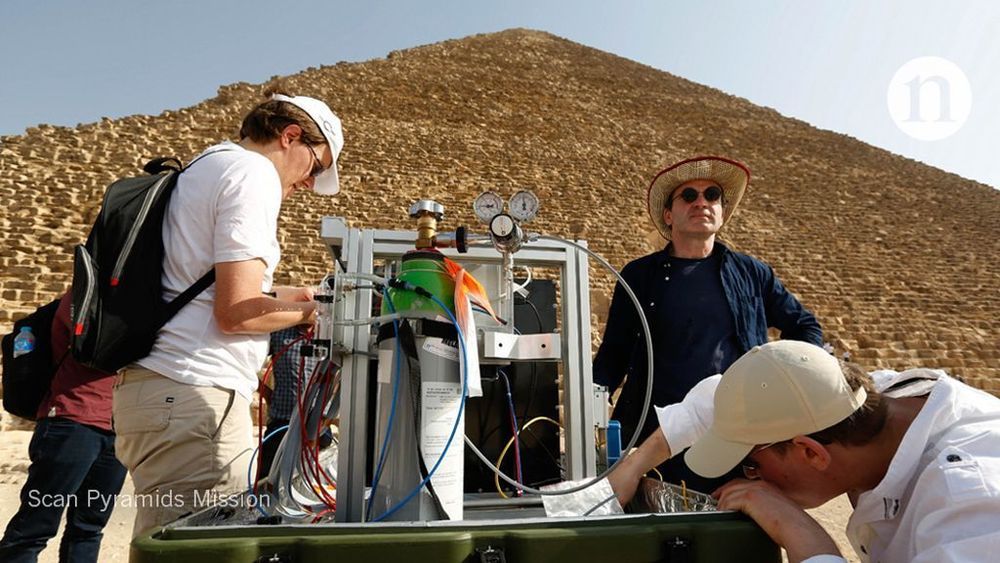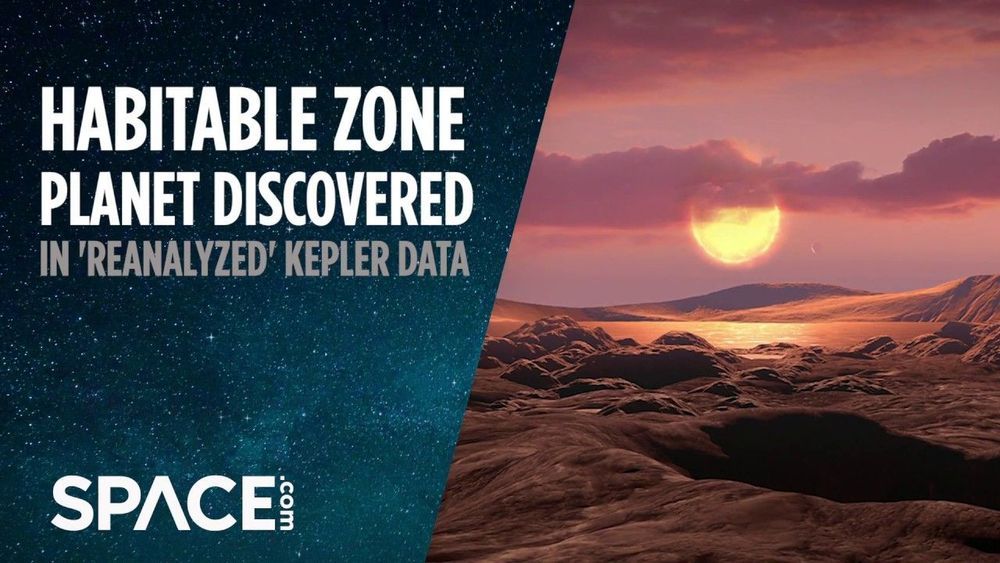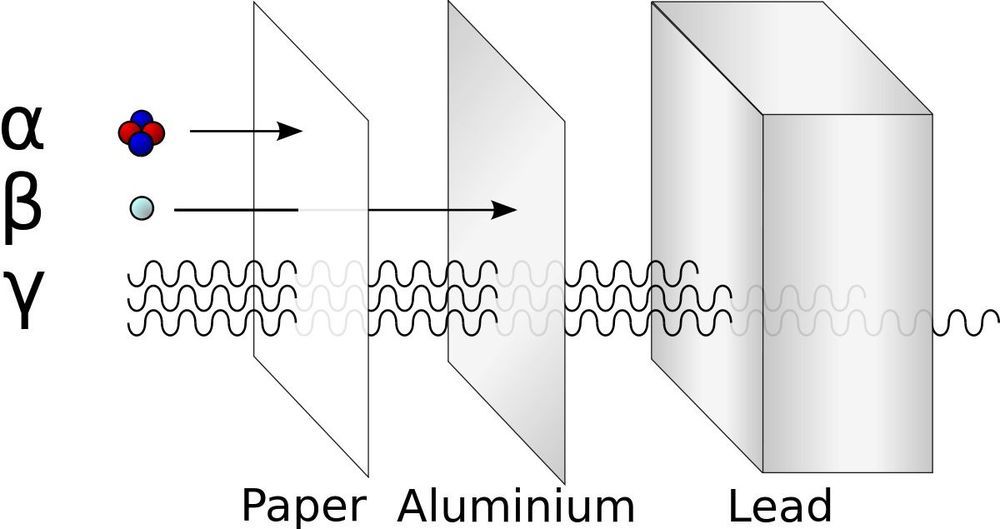
👽 A slap to health workers.
Fyodor R. Dawn Spelling
Opening America. The President keeps teasing it in his daily propaganda, ego-stroke photo op. His sycophantic surrogates repeat the refrain on social media and in press releases. Soulless partisan television hosts pound us relentlessly with it. MAGA cult members protest mask-less and in close quarters for it.
This united offensive to quickly get Americans back to work, is all happening on days when we are losing over two thousand people a day, when we’ve eclipsed 644,000 confirmed cases, when 29,000 have died in the span of eight weeks.
And every single life that is threatened by this vicious, insidious illness—falls squarely on the shoulders of healthcare workers and first responders: doctors, nurses, EMTs, lab technicians, hospital staff, police officers, firefighters.
For weeks they have labored without sleep, without rest, without enough masks to protect themselves, without enough tests to identify the relentless flood of sick people in their midst, without enough ventilators to keep the gravely ill alive; continually stepping into harm’s way to attend to this unprecedented national emergency.









